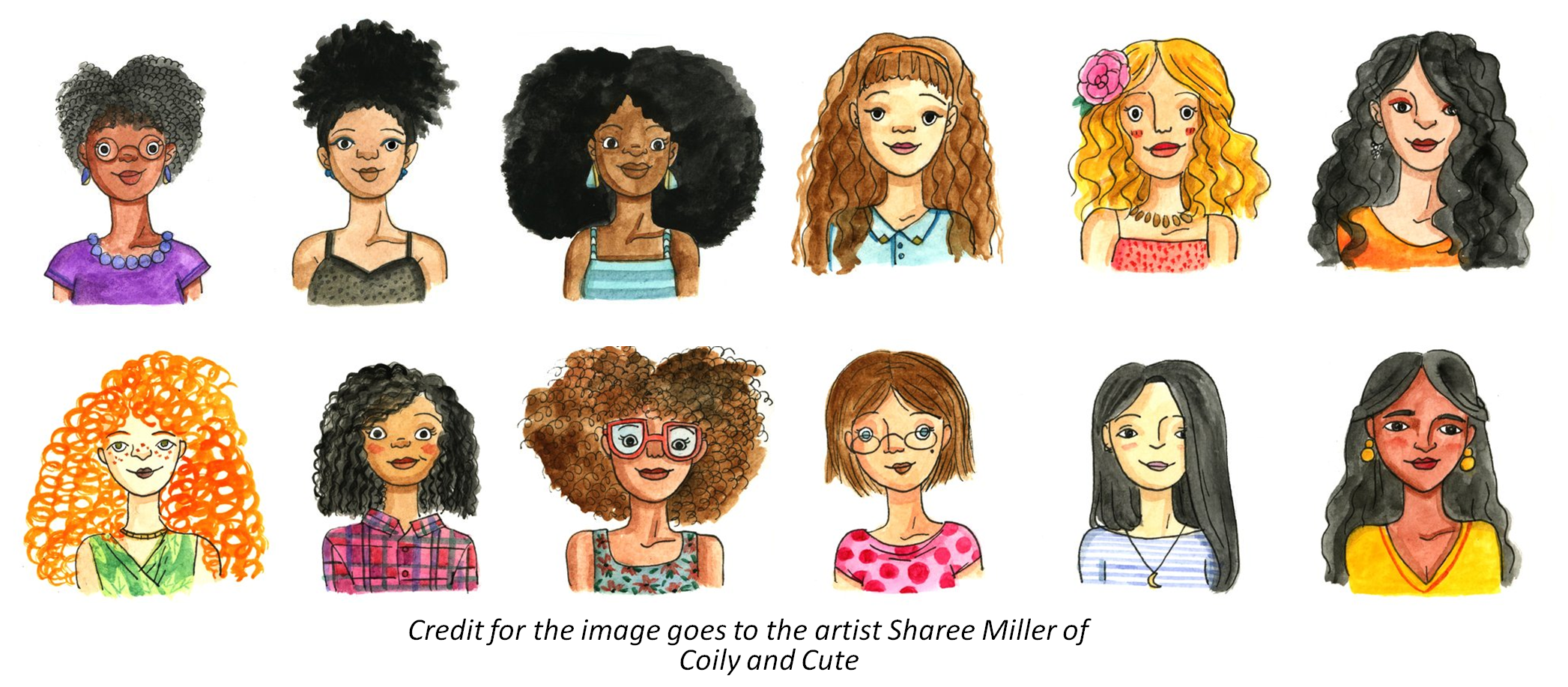Users Who Spiked

SIMILARITIES OF INTERNATIONAL HAIR IDENTITY PRACTICES
Private Notes
Private Notes
Notes
Hair and its relation to self-identity have been universally experienced with many women of all different cultures and backgrounds. I was able to read about Sikh women and the politics around their hair. Jasveen Kaur Sarna, a keshdhari Sikh woman ( meaning a person who's never cut their hair but doesn't wear it in a turban nor hasn't taken Amrit (been baptized)), briefly explains that there is politics around Sikh women's hair and members of the Sikh community criticize one's identity based on how a woman handles their hair. Jason shares,
"It's less about religion and more about keeping relatives and society happy while enacting an acceptable morally pure version of feminine behavior. It's the reason why many Sikhs don't have a problem with waxing or shaving, but cutting hair on the head would not be socially acceptable. Yet, keeping too much hair, makes you not feminine enough. Which forces Sikh women, both who chose to be Sikh and are born Sikh, into being constantly policed on what they do with their hair."
Sikh women's performance of their hair is heavily influenced by patriarchy. Whether a Sikh woman keeps hair long and removes facial and body hair, it is seen as feminine and fit for marriage. As for a woman who questions the practice and cuts their hair is shamed by Sikh clergy as "going to the West" implying "sexually loose" and not fit to marry. Both approaches tie to sexuality and gender appearance which can control the way Sikh women choose to present their self-identity. This policing in defense of religion Jasveen shares is more about looking "at our (Sikh women) presentation through this heterosexual male gaze" than the practicing of Sikh religion.
I found Jasveen's experience and discussion of Sikh women to be similar to my community of black women and their hair identity. The themes around black women assimilation in western countries because of its approval from society rather than self hair expression being accepted is reflected in Sikh women's hair practices in order to gain acceptance from its community. I believe my community goes through a variety of trials and tribulations to assimilate as to nurture their self-identity but once they move to change the practice, i.e learning about natural hair, caring and presenting it naturally, the systems and its participates penalizes the difference of hair expression because of the historically bias Eurocentric beauty standard.
I feel it is important to understand that women, specifically women of color, may come to information centers and professionals to gain information about how to stray from their norm and what can be done to gain an understanding of self-identity. We as information professionals should be able to provide resources that reflect acceptance and inclusion of self-expression, and we should be able to acknowledge the policing of those involved and make efforts to create a safe space for all cultural and religious backgrounds.

















